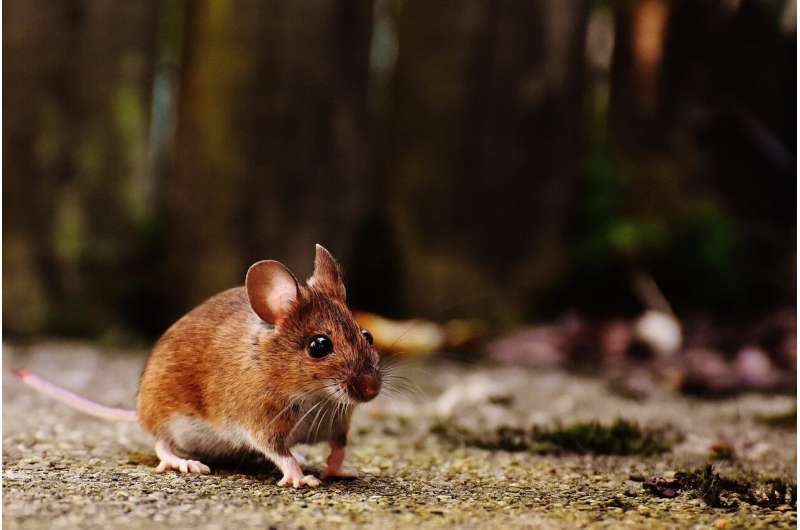Re-engineered plant compound treats opioid addiction in mice

The abuse of prescription and illegal opioids, such as morphine and heroin, is a major problem in the U.S., with devastating public health, economic and social consequences. That's why scientists are searching for new medicines to help break the cycle of addiction. Now, researchers reporting in ACS' Journal of Medicinal Chemistry have re-engineered the structure of vincamine, a plant-derived compound, so that it reduces morphine-seeking behaviors in mice.
According to the U.S. Centers for Disease Control and Prevention, more than 130 people died each day from an opioid overdose in 2017. To develop a drug to treat opioid addiction, Robert Huigens III, and colleagues wondered if they could use a natural product as a starting point to synthesize new compounds. Many plant-produced compounds have complex structures that can bind to therapeutically relevant biological targets. Huigens reasoned that by altering the structure of one such compound, vincamine—an indole alkaloid from the leaves of the plant Vinca minor—they might obtain a molecule that binds to new protein targets involved in opioid addiction, thereby blocking the drugs' "high" sensations.
The team altered vincamine's chemical structure, producing a diverse library of 80 small molecules. They then screened seven of these molecules for the ability to bind to certain protein receptors and block their action. One of the molecules, which they refer to as "V2a," inhibited a protein called hypocretin receptor 2 (HCRTR2) that is involved in heroin dependence, whereas the parent compound, vincamine, had no effect. The researchers then tested this compound in mice, finding that pretreatment with V2a prevented mice from spending extra time in a chamber where morphine is administered. In another experiment, mice that had "recovered" from morphine addiction, and then were treated with V2a, did not relapse to morphine-seeking behaviors in response to stress, unlike mice that were not treated with the new molecule. The team also conducted molecular modeling experiments to visualize how the compound binds to HCRTR2, which could allow them to tweak the structure of the compound for even stronger binding and efficacy.
More information: Verrill M. Norwood et al. Preventing Morphine Seeking Behavior through the Re-engineering of Vincamine's Biological Activity, Journal of Medicinal Chemistry (2020). DOI: 10.1021/acs.jmedchem.9b01924
Journal information: Journal of Medicinal Chemistry
Provided by American Chemical Society


















